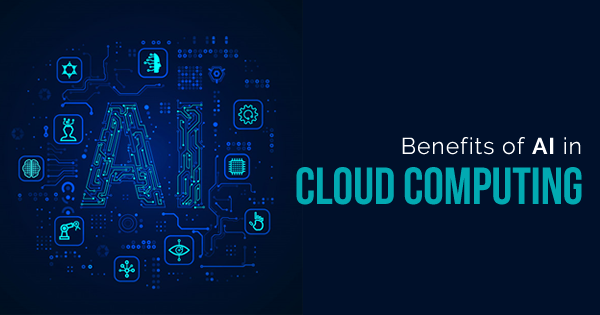In the dynamic landscape of cloud computing, traditional monolithic architectures are giving way to cloud-native architectures and microservices design. These architectural approaches offer unparalleled scalability, resilience, and agility, empowering organizations to innovate rapidly and deliver high-performance cloud-based applications. Let’s delve into the principles of cloud-native architecture and microservices design, and explore how they enable these critical attributes.
Cloud-Native Architecture
Cloud-native architecture is an approach to building and running applications that leverage the inherent scalability, elasticity, and flexibility of cloud environments. At its core, cloud-native architecture embraces principles such as containerization, orchestration, automation, and DevOps practices.
Principles:
- Containerization: Applications are packaged as lightweight, portable containers, enabling consistent deployment across different environments and platforms.
- Microservices: Applications are decomposed into small, loosely coupled services that can be developed, deployed, and scaled independently.
- Orchestration: Container orchestration platforms, such as Kubernetes, manage the lifecycle of containers, ensuring scalability, fault tolerance, and resource optimization.
- Automation: Infrastructure and application deployment processes are automated using tools like CI/CD pipelines, configuration management, and infrastructure as code (IaC).
- Resilience: Applications are designed with built-in resilience mechanisms, such as redundancy, failover, and graceful degradation, to withstand failures and disruptions.
Benefits:
- Scalability: Cloud-native applications can scale horizontally and vertically to meet changing demands, leveraging auto-scaling capabilities and container orchestration platforms.
- Resilience: By embracing distributed architectures and fault-tolerant design patterns, cloud-native applications can recover gracefully from failures and disruptions, ensuring high availability and reliability.
- Agility: The modular and decoupled nature of microservices enables rapid development, deployment, and iteration, fostering innovation and time-to-market acceleration.
Microservices Design
Microservices architecture is a software design approach that decomposes applications into a collection of small, independent services, each responsible for a specific business function. These services communicate via lightweight protocols, such as HTTP or messaging queues, and can be developed, deployed, and scaled independently.
Principles:
- Single Responsibility: Each microservice focuses on a single, well-defined business capability or function, adhering to the single responsibility principle (SRP).
- Loose Coupling: Microservices communicate via well-defined APIs or contracts, enabling them to evolve independently without impacting other services.
- Autonomy: Microservices are autonomous units of deployment, allowing teams to develop, deploy, and scale them independently, fostering agility and innovation.
- Data Management: Each microservice manages its own data store or database, ensuring data isolation and minimizing dependencies between services.
Benefits:
- Scalability: Microservices can be independently scaled based on demand, allowing organizations to allocate resources efficiently and optimize costs.
- Resilience: Isolating failure-prone components within individual microservices minimizes the blast radius of failures, enhancing overall system resilience.
- Agility: Microservices enable teams to adopt agile development methodologies, iterate rapidly, and deliver value to customers incrementally, fostering a culture of continuous innovation.
Enabling Scalability, Resilience, and Agility
Cloud-native architecture and microservices design complement each other synergistically, enabling organizations to achieve unprecedented levels of scalability, resilience, and agility in cloud-based applications. By embracing containerization, orchestration, automation, and DevOps practices, organizations can leverage the full potential of cloud environments to drive innovation, accelerate time-to-market, and deliver exceptional user experiences in today’s fast-paced digital landscape.
By Our Media Team
Our Editorial team comprises of over 15 highly motivated bunch of individuals, who work tirelessly to get the most sought after curated content for our subscribers.




